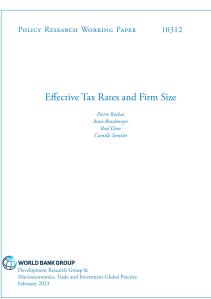Journal article
Hearing loss is a major cause of disability: in people over 70 years of age in the UK around two-thirds report some form of hearing loss. The social and health consequences of hearing impairment are as considerable as the economic implications for care. There is strong evidence that several age-related chronic conditions, particularly cardiovascular disease (CVD), have their origins in early life and a shared aetiology between hearing impairment and CVD has been advanced in adults. Physical stature (height) captures exposure to early life psychosocial stress, adversity, somatic illness, and nutrition, and reveals an inverse relationship with CVD but studies on hearing impairment are very scarce.
We related measured height (mean measure at wave 4 [2008] and 6 [2012]) to performance on an objective hearing examination at wave 7 (2014). In an analytical sample of 4,398 there were 1,682 cases (38%) of hearing impairment. We found evidence of an inverse relationship between height and later hearing impairment, such that taller study members experienced a lower risk. The odds ratio (95% confidence interval) for the increase of 5cm in height in a fully adjusted model was 0.92 (0.87, 0.98).
While low height per se is of course not a risk factor for hearing impairment, it is more likely that one or more of the characteristics that it proxies – early life diet, illness, social adversity, cognition – has a role. Future research should therefore attempt to relate these individual, prospectively gathered indicators in childhood populations to hearing impairment in later life.















